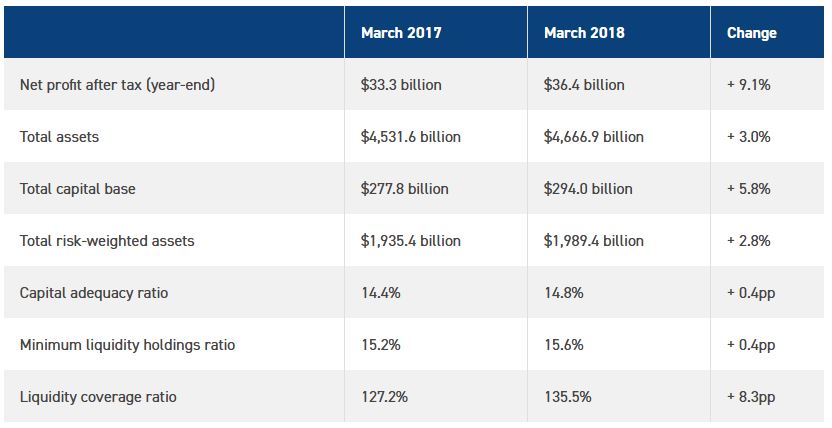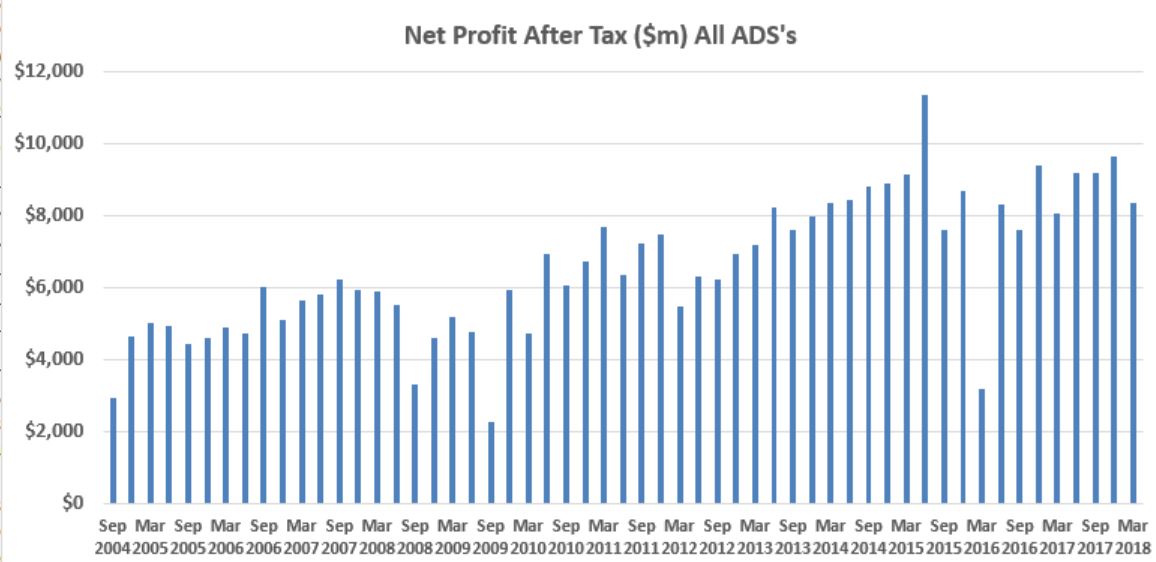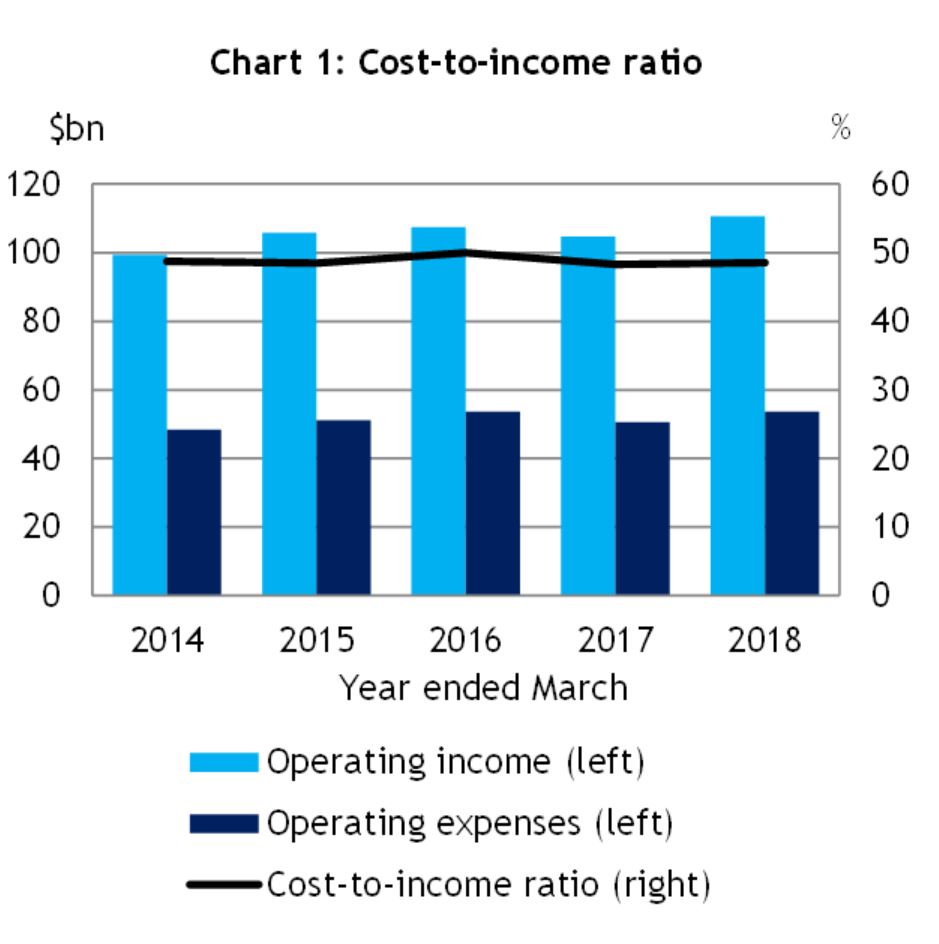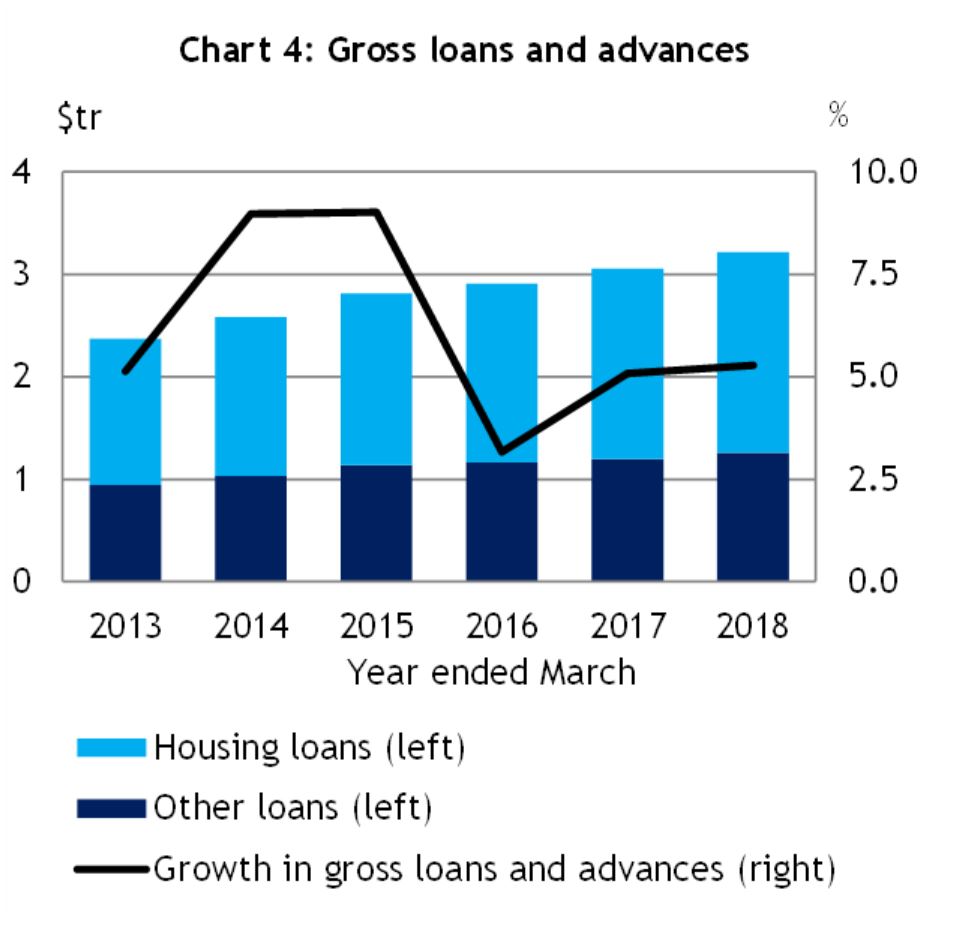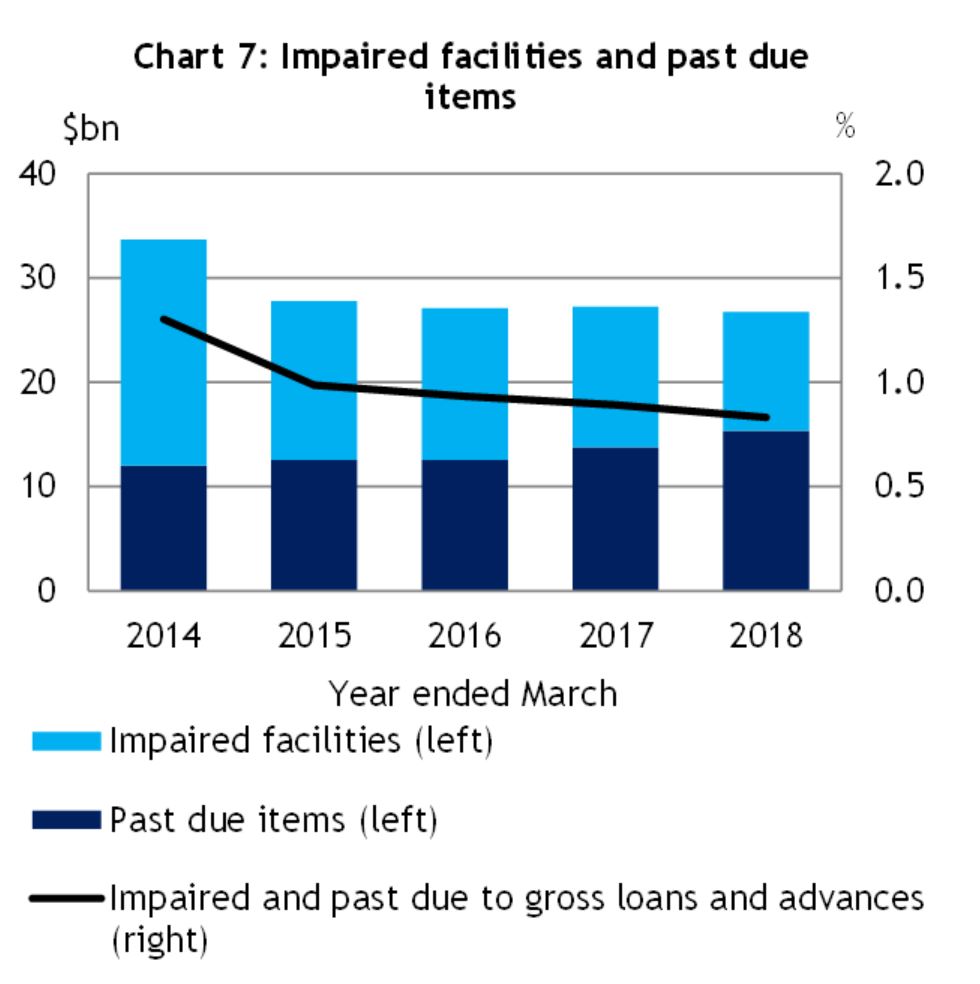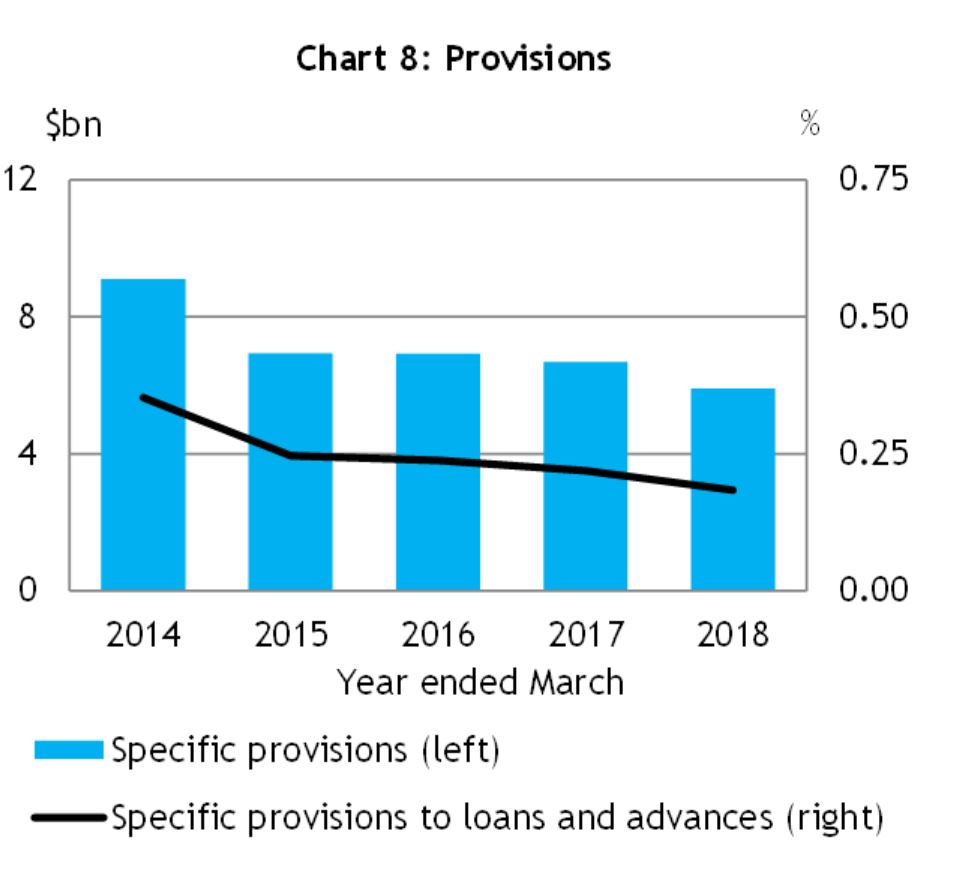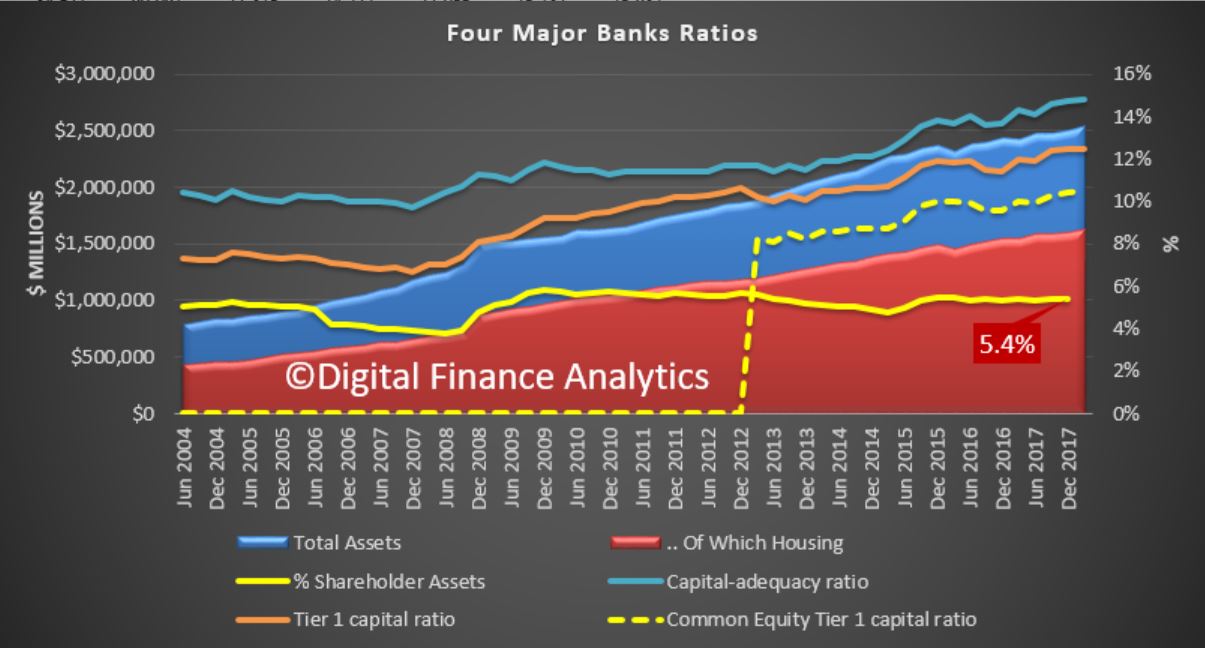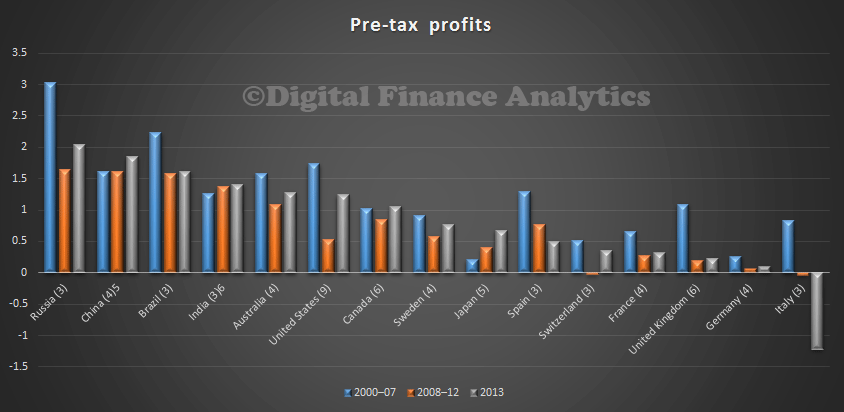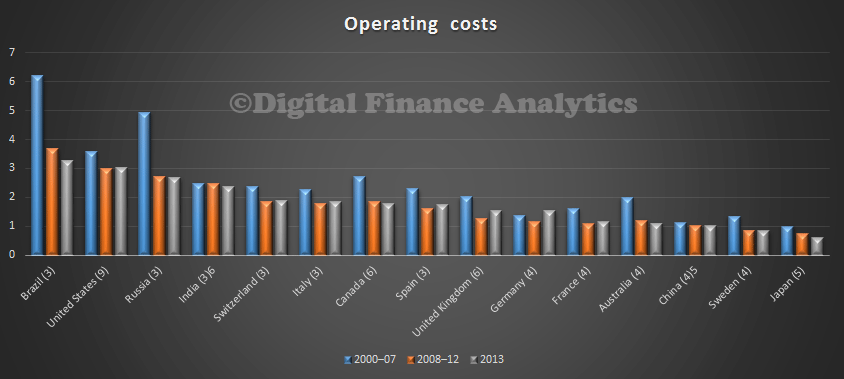The Australian Labor Party has announced that it will introduce a new levy on ASX100-listed banks to hire more financial rights lawyers and financial counsellors to help victims of financial misconduct, via The Adviser.

Earlier this week, a joint release from opposition leader Bill Shorten, shadow minister for financial service Clare O’Neil and shadow assistant minister for families and communities, senator Jenny McAllister, announced that Labor would look to establish a $640-million Banking Fairness Fund “to revolutionise the services available to Australians in financial difficulty”.
A levy would be placed on the four major banks (ANZ, CBA, NAB, and Westpac) as well as ASX100-listed lenders AMP, Bank of Queensland, Bendigo and Adelaide Bank, Macquarie Bank, and Suncorp Bank to raise $160 million per year for the fund.
On Monday (25 February), the party said it would look to utilise $320 million of the Banking Fairness Fund over the next four years to expand the number of financial counsellors from 500 to 1,000, according to the party.
These new financial counsellors would provide “advocacy, support and advice” to an additional 125,000 Australians each year and help victims of banking and financial service provider misconduct pursue “fair compensation” through AFCA.
Meanwhile, on Tuesday (26 February), Ms O’Neil released a joint announcement with shadow attorney general and shadow minister for national security Mark Dreyfus outlining that the fund would also provide $30 million a year (totalling $120 million over four years) to “expand the financial rights legal assistance sector from 40 lawyers to 240 lawyers across Australia”.
The release reads: “The 200 extra financial rights lawyers will assist victims of bank and financial service provider misconduct by providing legal advice and running complex cases in court and through the Australian Financial Complaints Authority (AFCA).
“When Australians face a fight with their banks, Labor will make sure they are not fighting alone.”
According to the Labor Party, the extra lawyers would be able to service an additional 150,000 Australians per year. Currently, the ALP estimates that around 240,000 Australians are in need of financial rights legal advice every year, but suggested that the sector is currently “only able to service about 30,000 people”.
Labor added that the 200 new lawyers could help more Australians bring claims through AFCA. This builds on Labor’s previously announced plans to quadruple the compensation cap for consumers from $500,000 to $2 million for consumers and remove the $5,000 sub-cap for non-financial loss, should they be brought into power following the upcoming general election.
The Banking Fairness Fund has been proposed by Labor as a means of supporting victims of misconduct and meeting one of the suggestions put forward by Commissioner Hayne in his final report for the Royal Commission into Misconduct in the Banking, Superannuation and Financial Services Industry that there be “careful consideration” of how “predictable and stable funding for the legal assistance sector and financial counselling services” could be best delivered, given the “clear” need for it.
Commissioner Hayne wrote in his report: “The legal assistance sector and financial counselling services perform very valuable work. Their services, like financial services, are a necessity to the community. They add strength to customers who are otherwise disadvantaged in disputes with financial services entities.”
He continued: “[T]here will likely always be a clear need for disadvantaged consumers to be able to access financial and legal assistance in order to be able to deal with disputes with financial services entities with some chance of equality of arms.”
The Labor Party said: “The banking royal commission is a once-in-a-generation opportunity to give Australians the ability to stand up for their rights against the big banks and their well-funded legal teams.
“Labor will make sure that Australians don’t miss out on that opportunity. Labor is proud to support the hardworking financial rights legal assistance sector.”




